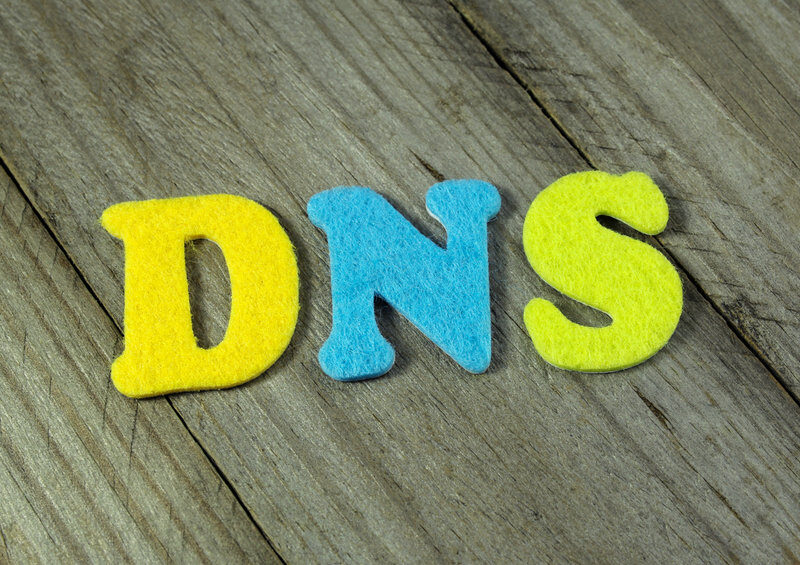TLD means Top Level Domain, and it’s the suffix of a domain name.
A domain name is built with three parts, each one separated by a dot. The subdomain is on the left side. The second-level domain (SLD), brand, or a name that states the kind of business you have, comes in the middle. And the top-level domain (TLD) is at the end (.com, gov, .org, .net, .de).
Example: www.speaking-easy.com, “www” is the subdomain, “speaking-easy” the SLD, and “.com”, the TLD.
What is TLD used for? – History
In the early Internet years, identifying and accessing the different computers connected to a network was through each’s IP address. This means, series of different numbers, separated by dots. The numbers were long and not easy to remember.
This motivated the creation of the domain name system – DNS. Meaningful names, sometimes catchy ones, replaced the combinations of numbers in 1983, thanks to Paul Mockapetris’s work.
In 1985, nine TLDs were directly associated with the websites’ nature (commercial, education, network, government agencies, etc.). Currently, the variety of choices has grown to more than one thousand and five hundred available TLDs.
In 1988, the American government created the Internet Assigned Numbers Authority (IANA) to manage Internet Protocol numbers and the domain name system root. Later in 1998, the Internet Corporation for Assigned Names and Numbers (ICANN) emerged, and since then, this non-profit organization coordinates IANA’s work.
Different TLD types
To choose a proper TLD is as important as to define a memorable SLD (brand).
ICANN categorizes TLDs mainly based on the site’s geographical location, purpose, and owner.
- Generic top-level domains (gTLD)
This category admits a wide variety of sites to be registered since it includes popular TLDs, like .com, .info. .org, net, .xyz, among others.
- Country code top-level domains (ccTLD)
They point specific countries or territories through two-letter code: .de (Deutschland), .mx (Mexico), .ru (Russia), .nl (Netherlands), .cn (China), etc. Around two hundred and fifty countries have official ccTLD.
These are good choices for businesses that have targeted a local market or want to reach specific markets around the world.
- Sponsored top-level domains (sTLD)
TLDs administrated in favor of a stakeholders group, industry, private organizations: .gov, .post, .edu, .int, .jobs, .aero, .travel, etc.
- Infrastructure top-level domain.
ARPA (Address and Routing Parameter Area) is the only TLD available in this category. It’s exclusively for the Internet Engineering Task Force. Its use is reserved for the solution of technical infrastructure problems.
Registering your domain name costs. The amount depends on the registrar you choose to make the process and on the TLD you pick. TLDs have different prices.
How to pick TLD? – Tips
- Choose the TLD that communicates clearer the nature of your business.
- Check availability. The combination of your SLD and the TLD you prefer could be already taken. Instead of .com, you will need to go to a different one to have a unique domain name.
- There are TLDs with more than thirty years of existence. Popular, trusted by users, they appear in the top searches, so they’re a smart choice (.com, .org, net, .info, etc.).
- If you get an attractive domain name by adding a newer TLD to be distinguished among competitors, it’s worth trying.
Conclusion
A proper TLD is important not to confuse the audience about your business purpose or location and reach the market you want. TLDs variety is wide. Choose the one that better suits your needs. Don’t forget to think about your brand when doing it.

